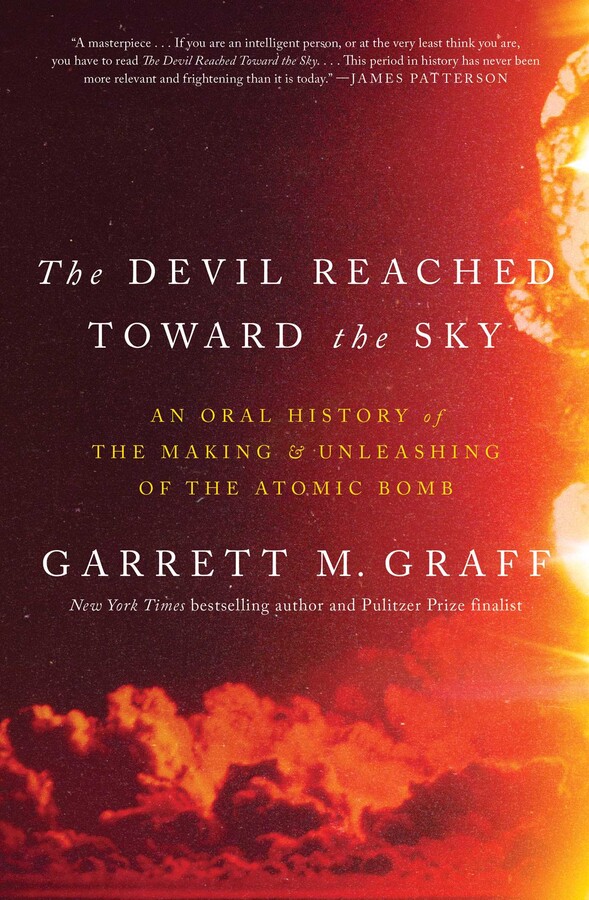Robert Christy, theoretical physicist, Los Alamos Lab: Oh, it was a dramatic thing!
Val L. Fitch: It took about 30 millionths of a second for the flash of light from the explosion to reach us outside the bunker at south 10,000.
William L. Laurence: There rose from the bowels of the earth a light not of this world, the light of many suns in one.
Joseph O. Hirschfelder, physicist, Los Alamos Lab: All of a sudden, the night turned into day.
Maj. Gen. Leslie Groves: My first impression was one of tremendous light.
Warren Nyer, physicist, Los Alamos Lab: The most brilliant flash.

Otto R. Frisch: Without a sound, the sun was shining — or so it looked. The sand hills at the edge of the desert were shimmering in a very bright light, almost colorless and shapeless. This light did not seem to change for a couple of seconds and then began to dim.
Emilio Segrè, physicist, Los Alamos Lab: In fact, in a very small fraction of a second, that light, at our distance from the explosion, could give a worse sunburn than exposure for a whole day on a sunny seashore. The thought passed my mind that maybe the atmosphere was catching fire, causing the end of the world, although I knew that that possibility had been carefully considered and ruled out.
Rudolf Peierls: We had known what to expect, but no amount of imagination could have given us a taste of the real thing.
Richard P. Feynman, physicist, Los Alamos Lab: This tremendous flash, so bright that I duck.
Joan Hinton, physicist, Los Alamos Lab: It was like being at the bottom of an ocean of light. We were bathed in it from all directions.
Marvin H. Wilkening, physicist, Los Alamos Lab: It was like being close to an old-fashioned photo flashbulb. If you were close enough, you could feel warmth because of the intense light, and the light from the explosion scattering from the mountains and the clouds was intense enough to feel.

Kenneth T. Bainbridge: I felt the heat on the back of my neck, disturbingly warm.
Hugh T. Richards, physicist, Los Alamos Lab: Although facing away from ground zero, it felt like someone had slapped my face.
George B. Kistiakowsky: I am sure that at the end of the world — in the last millisecond of the earth’s existence — the last man will see what we have just seen.
Joan Hinton: The light withdrew into the bomb as if the bomb sucked it up.
